
3,612 views
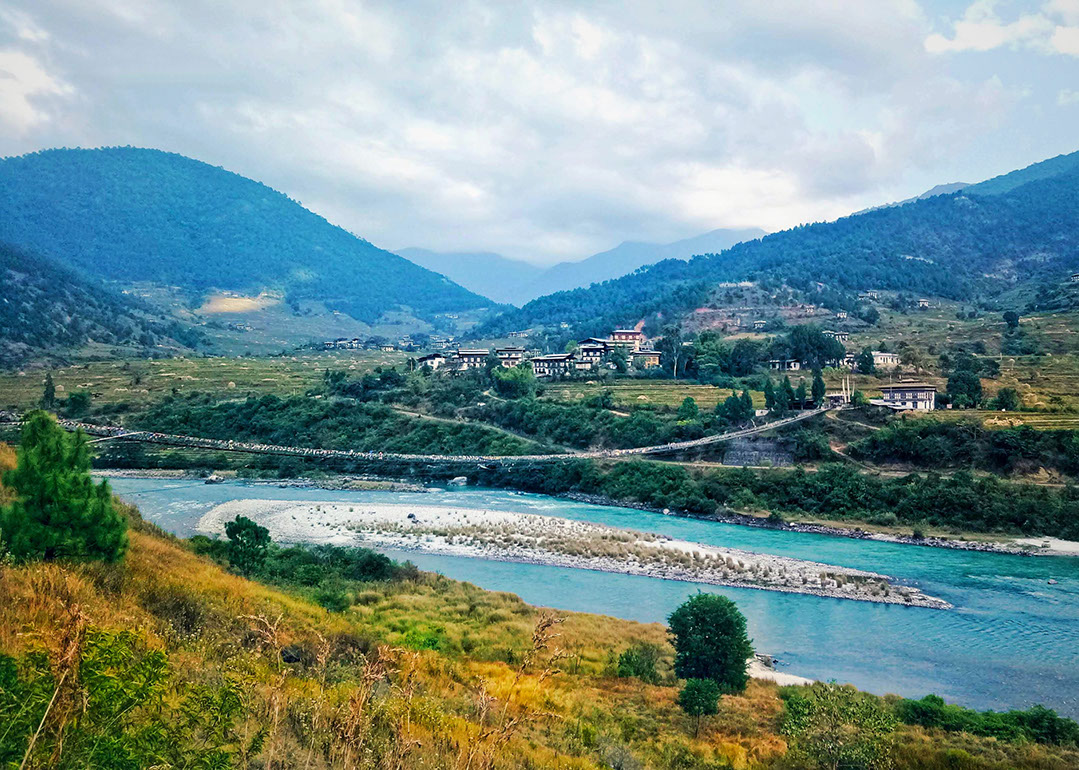
A Bike Trip in the “Happy Land”
By Anand Maniyar
Last Updated: 19 Apr 2021
I’m an avid biker and riding in tough and challenging terrain is my passion. For a long time now, I have been dreaming of a bike trip to somewhere remote with stunning landscape, preferably in a foreign land. My wanderlust for Bhutan started ages ago, which prompted me to follow many travelers, their pictures and blogs on Bhutan. While waiting and dreaming, suddenly I discovered that there are organized bike tours to Bhutan. This was it! My excitement knew no limits and I immediately started gathering information. I wanted to be a part of the very next group biking to Bhutan.
After relentless research, I zeroed down on "Deyor Camps", a Gurgaon-based tour operator. They were planning a 10-day bike trip to Bhutan on Royal Enfield. The thought of a solo ride on a Royal Enfield across Bhutanese roads reaching an elevation of 13,000 feet was thrilling. And so, my dream journey as a biker to the Land of Happiness began.
All the bikers who were part of the group had to assemble at Siliguri, which was the starting point of the road trip. From here, we had to ride towards Phuntsholing, about 200 kilometers ride through West Bengal state. It was exciting to meet so many travelers coming from different parts of the country, some of who were seasoned bikers while others were first timers, like me. On display, were the bikes available for the trip. It was an individual's responsibility to check the working condition and/or faults before selecting the one you are going to ride. I had planned in advance that I was going to ride Thunderbird 350 CC, a cruise bike for the first 5 days and then switch over to Himalayan for the next 5 days. I selected both the bikes, checked their conditions and marked them for my use. Luckily, I understand bikes and am well equipped and experienced to identify good bikes. I had no difficulty in identifying the ones that were less likely to give me any sort of trouble during my ride. This was a critical exercise since all the bikes were not in good condition and one wrong choice could impact your journey, adversely.
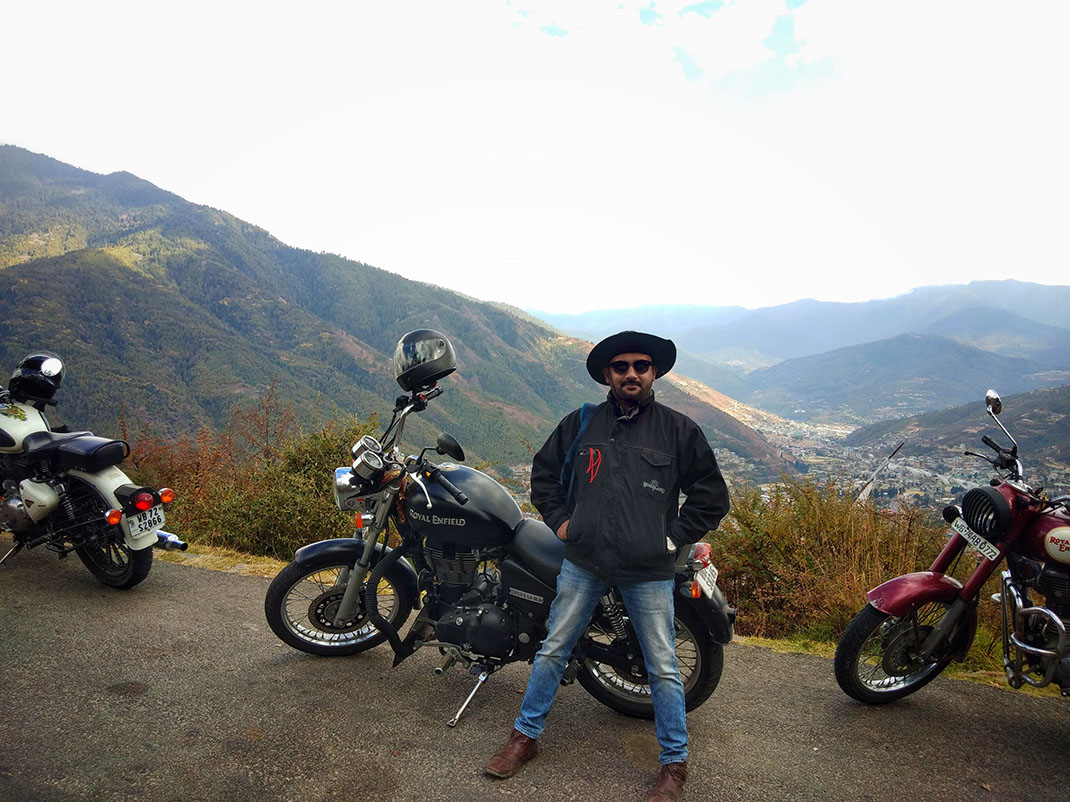
With my companion, Thunderbird in the backdrop of Bhutan's picturesque valley
We were also accompanied by two mechanics from the bike rental company through our journey in Bhutan, just in case any mechanical assistance was necessary. The entire setup was professionally managed and well organized which was a good thing. This is the outcome of my detailed research on choosing the best tour operator to ride with and the best time to visit Bhutan on bike.
We reached Phuntsholing from Siliguri at 9.30 pm after a four-and-a-half-hour ride and stayed there in Hotel Phuentsholing for the night. Phuntsholing is a border town of Bhutan with Jaigaon of India and Indian nationals do not need any permit to enter Phuntsholing. This is the place to obtain the permit to travel to Bhutan from India. If you intend to travel beyond Punakha, then you need an add-on permit which can be obtained from Thimphu. The next day we applied for the entry permit at Phuntsholing, both for the bikes and ourselves. In order to get the permit for the bike, one requires an original Driver's License, Registration Certificate of the bike, full insurance and a complete itinerary. Since our itinerary was until Punakha, this was the only permit we needed. The tour operator and their bike rental partner in Siliguri, were well aware of the procedure and they were equipped with all the relevant documents. The entire process was completed and by 3 pm we began our ride to Thimphu. A journey of 175 kilometers took almost 6 hours through winding roads, steep curves and high altitude, but we thoroughly enjoyed the beautiful landscape around. Suddenly, the day turned into dusk and it started getting difficult to navigate narrow roads in the dark. Bhutanese drivers are quite sensible and disciplined so the ride was not as difficult as we thought. Exhausted, we hit the bed immediately at 10.30 pm.
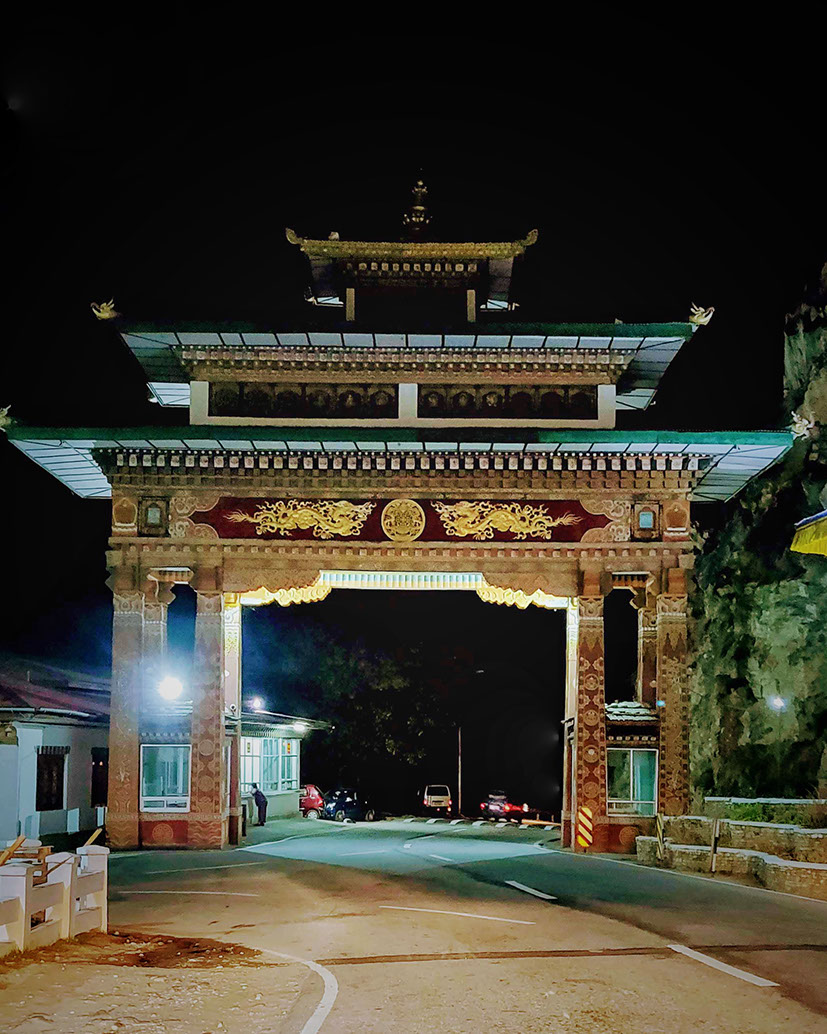
Entry gate of Thimphu at 10 pm
Exploring Thimphu
We had a comfortable stay in Hotel Lemon Tree, Thimphu. The next day we visited places in and around Thimphu, the beautiful capital city of Bhutan situated in the Himalayan Mountains at 7,600 feet above sea level. Bhutan offers a wide variety of attractions with the option of a guided tour. A guided tour of Bhutan is the best way to experience Bhutan if you are visiting for the first time.
When you ride in the outskirts of Thimphu you cannot miss out on a tall Buddha Statue atop the hills in the distance. It is called Kuensel Phodrang Mountain and the statue is Buddha Dordenma. It is believed to be one of the largest Buddha statues in the world. The bronze statue, glided with gold has a monastery beneath it. Guru Rinpoche built this monastery in ancient time, which has an inner sanctum in a pious zone. There is a store with some books, souvenirs, and accessories like key chains, stickers, etc. related to Bhutan & their religion Buddhism. Good stuff to take back as souvenirs for friends, relatives and loved ones.
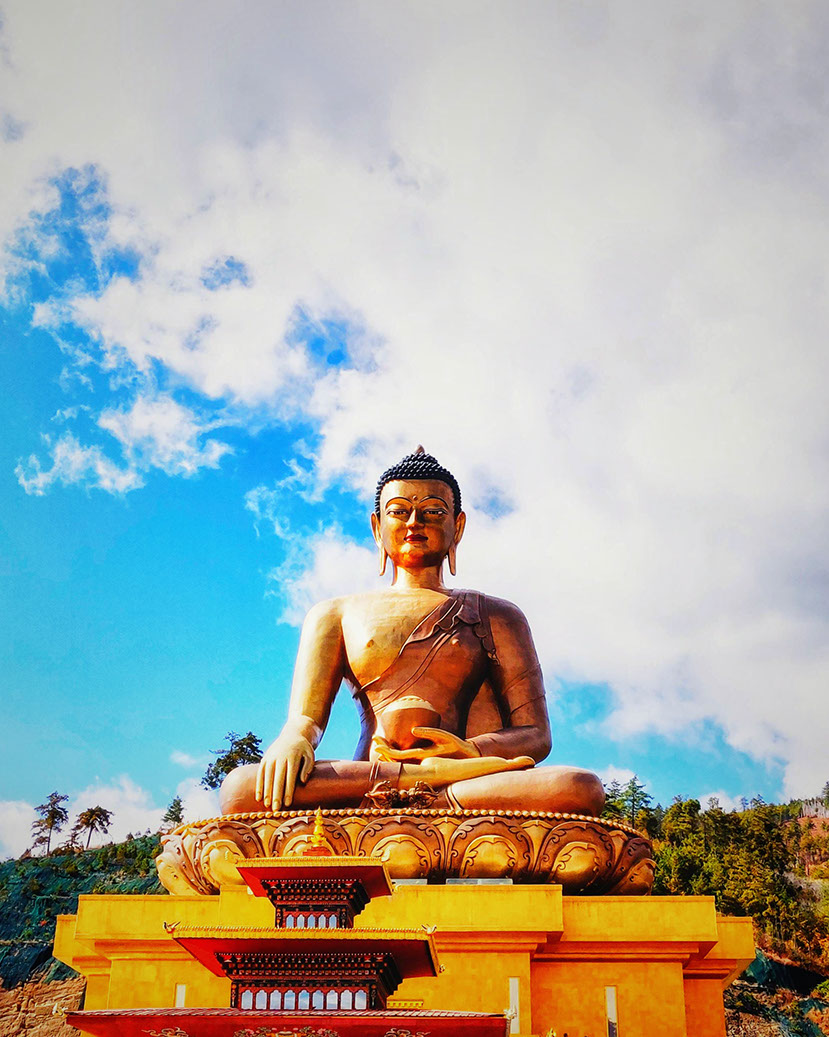
The 52-meter-tall Buddha Dordenma Statue in Thimphu, built at a whopping $100m to celebrate 60th anniversary of Bhutan's 4th King Jigme Singye Wangchuck
If you take a stroll further down towards the edge of Kuenselphodrang Mountain, you are treated to a splendid view of the verdurous mountains on one side and the forest on the other side. The view of fluffy clouds shadowing the mountain range and residential areas and Tashichho Dzong in the distance surrounded by pristine landscapes is spellbinding. A guided tour of Thimphu's monasteries is a great way to explore this picturesque capital.
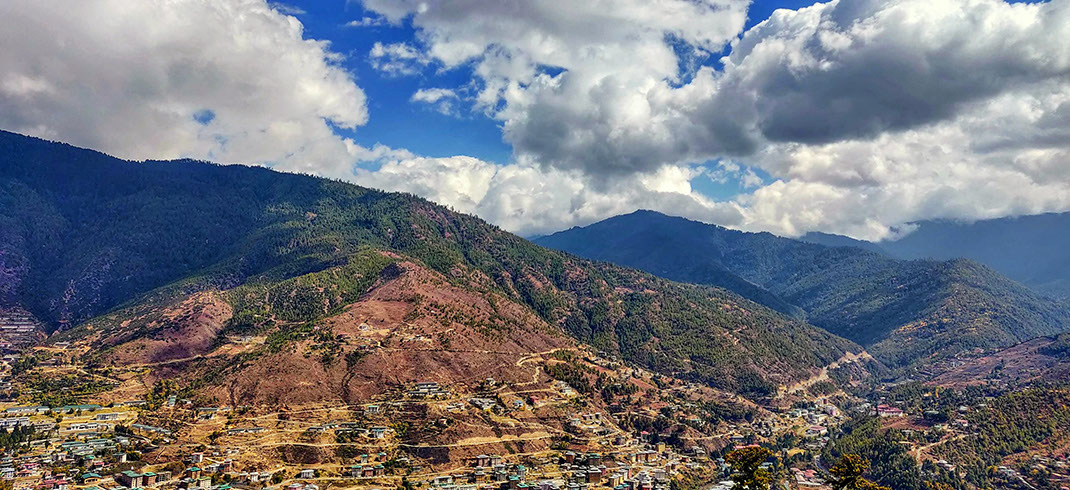
The view of Thimphu City from Kuensel Phodrang Mountain at 9,000 feet
Takin, one of the endangered species is Bhutan's National Animal. It is a pure herbivorous animal with the head of a goat and the body of a cow. Intriguing! My next destination was "Motithang Takin Preserve" a wildlife sanctuary located around 15 kms. from Thimphu City. The entire sanctuary is amidst tall bamboo trees inside a lush green area. It is an opportunity to see Takin here, in their natural habitat. Due to illegal trade of their horns and to protect this endangered animal, a small number of them were kept in a small zoo in Thimphu few decades ago. The King of Bhutan felt that this was torture to the animal in a Buddhist country even though they were housed for a religious and environmental cause. He ordered closure of the zoo and freeing of animals. Takin, once a domesticated animal, stayed in the same area and strayed on Thimphu's streets for food. Hence, it was decided to keep them in a large enclosed forestland and hence, the formation of "Takin Preserve" in 2004. Later, on November 25, 2005, Takin was declared the national animal of Bhutan.
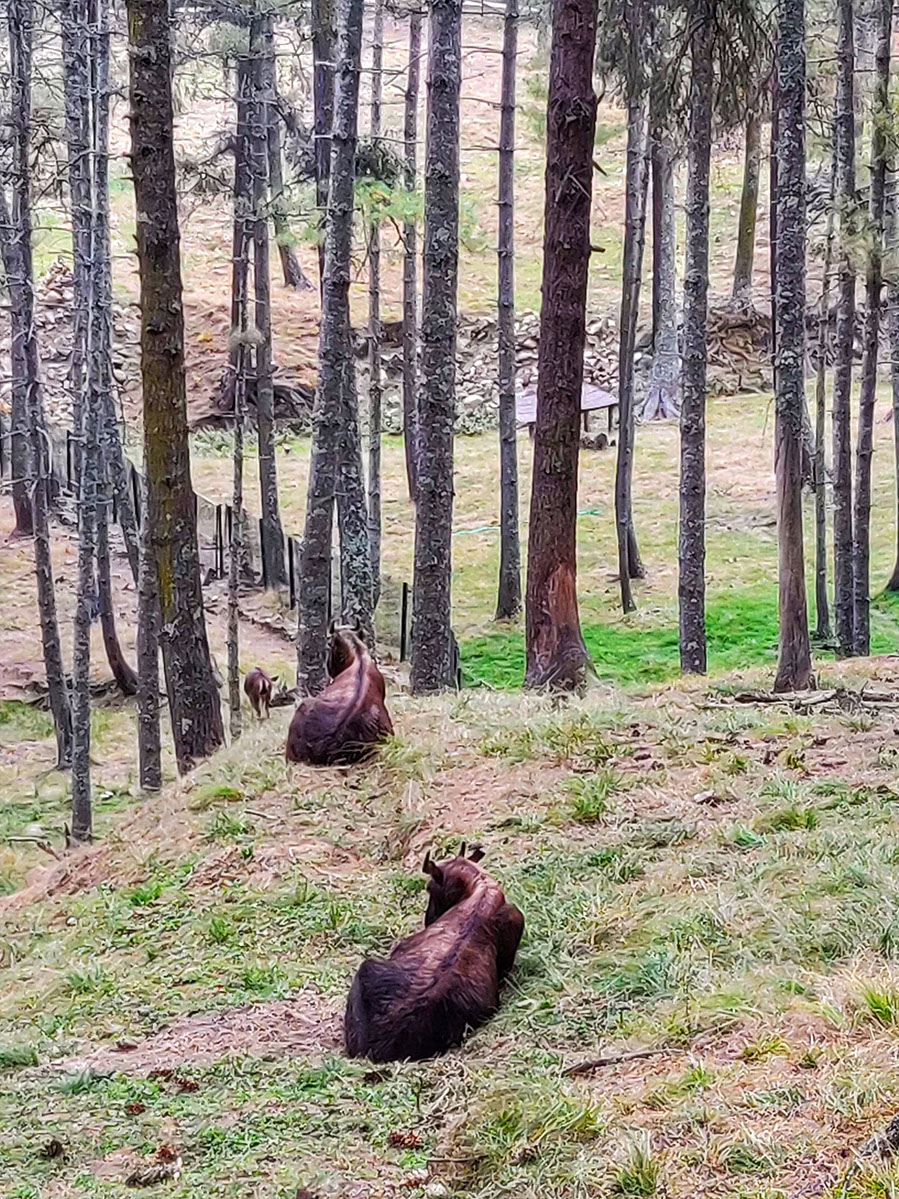
Takin in their natural habitat among the bushes of Pine trees
After roaming around Thimphu and fueling the Thunderbird, it was time to refuel ourselves as well. Depending on your taste in food, Thimphu has plenty of restaurants to choose from. What better way than to indulge in sumptuous Bhutanese traditional delicacies, something a food lover like me always cherishes. The delicious meal consisted of chicken curry, rice, cheese potato curry and one bhaji (dry cooked vegetables), all this at Rupees 450 per person. All of us thoroughly enjoyed the meal and planned gorging on more Bhutanese cuisine during our trip, there was a smile on everyone's face.
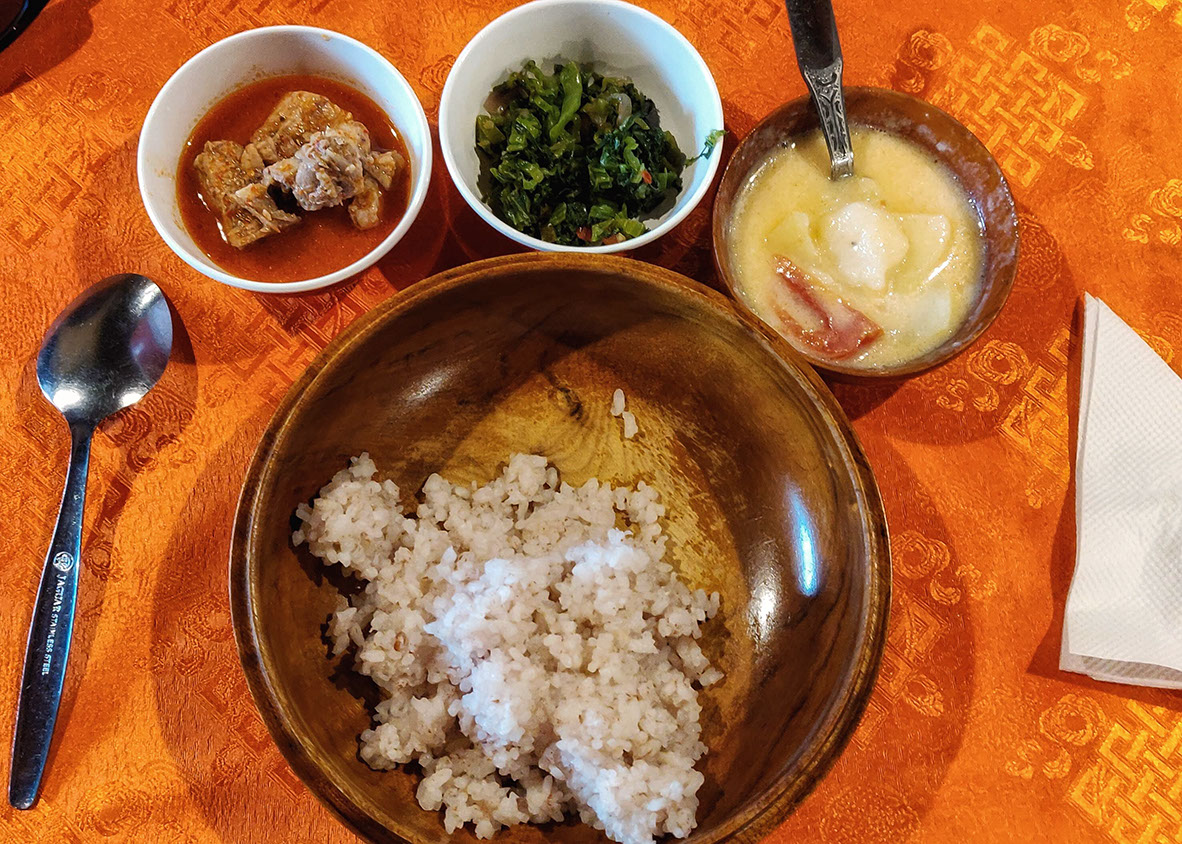
Authentic Bhutanese food: Maru, Kewa Datshi, Lom and Red rice
After roaming around in Thimphu for a couple of days, it was now time to head towards Punakha. You do not want to head there straight without making a stop at a MUST visit place on the way, Dochula Pass. It is a mountain pass in the snow covered Himalayas. There is a site right in the center of highway with 108 memorial Chortens (stupas) that were built by Ashi Dorji Wangmo Wangchuk, the Queen Mother of Bhutan. The weather here generally remains misty throughout the year. You will keep visiting Dochula Pass because there is something special about it.
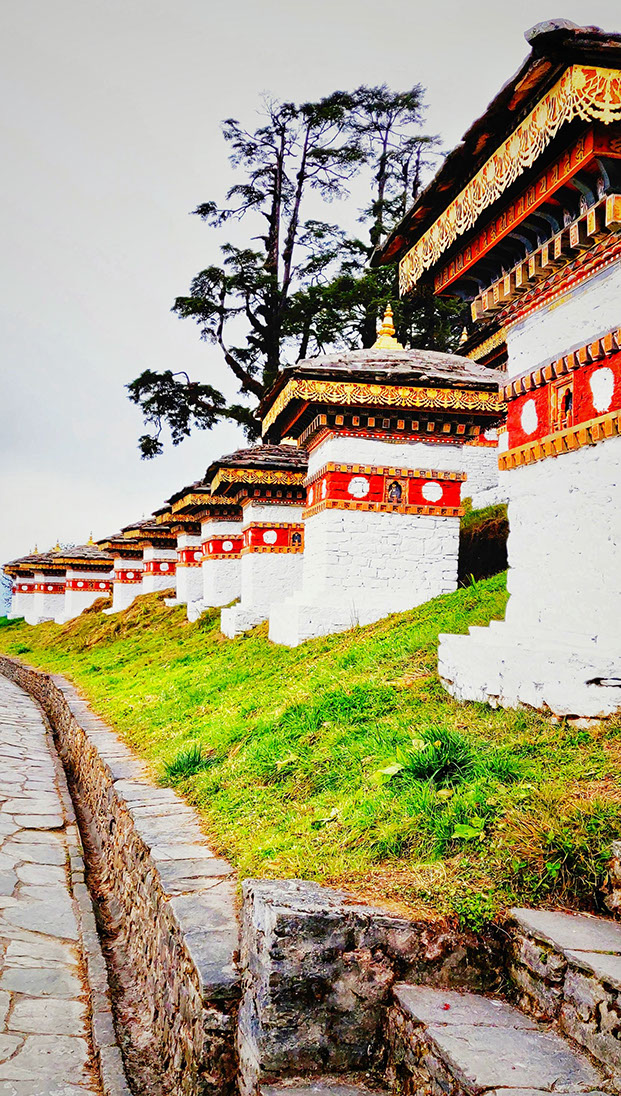
The site of 108 Chortens at Dochula Pass at 10,000 feet elevation
Punakha, the winter capital of Bhutan's royal family is as picturesque as you could ever imagine in your fantasy world. The landscape, weather and vibes here were completely different to the current capital city. The city is quite laid back with lower elevation and hence, it remains less cold during the winter. We checked into Hotel Vara and relaxed for a bit before our first visit.
Punakha Dzong, a building that combines religious monastery and administrative center of government, is the second oldest and second largest Dzong in Bhutan. The majestic architecture is spread across a six-storied structure at an elevation of 4,000 feet with scenic mountains and confluence of two rivers in the background. The Dzong was built in 1638 using earth soil and stones with intricately designed doors and windows made from teak wood.
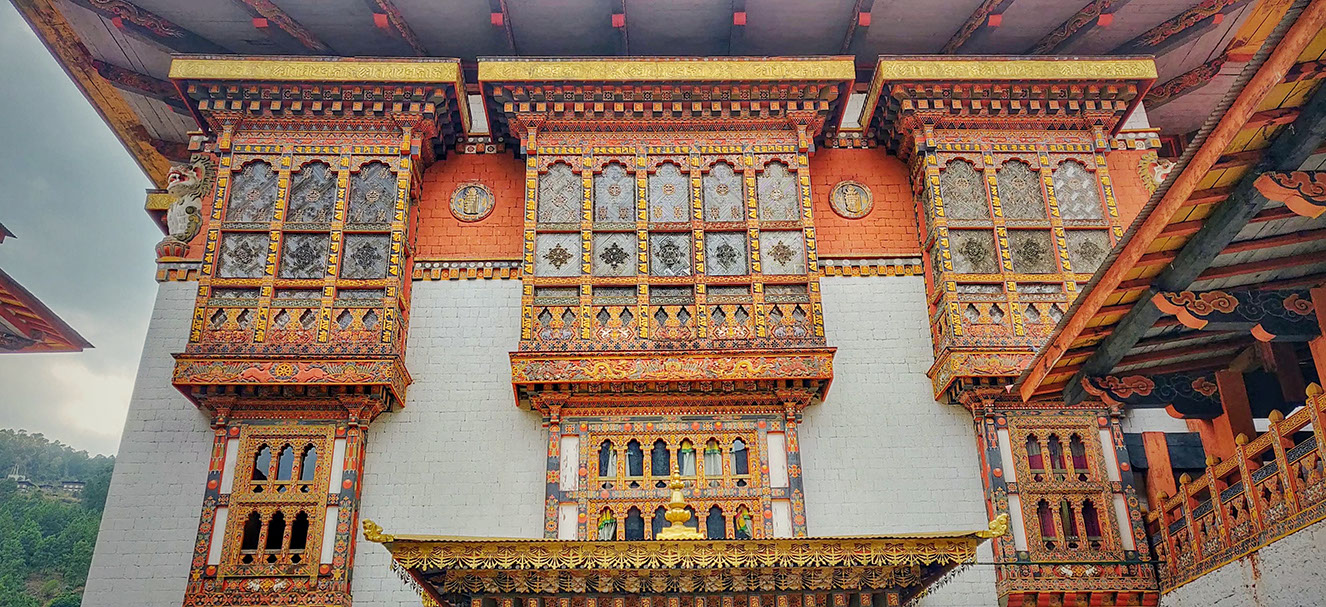
Intricate design of the interior wing of Punakha Dzong that is more than 300 years old and still in pristine condition
After spending few hours inside the Dzong and understanding intricate details, I am puzzled as to why this structure is still in the tentative list of UNESCO World Heritage Site. The striking aspect of this Dzong is a wooden bridge built over Puna Tsang Chu River that connects one of the entry points of the Dzong. The resplendent architecture of this wooden bridge is centuries old and still intact and very well maintained by Bhutan government.
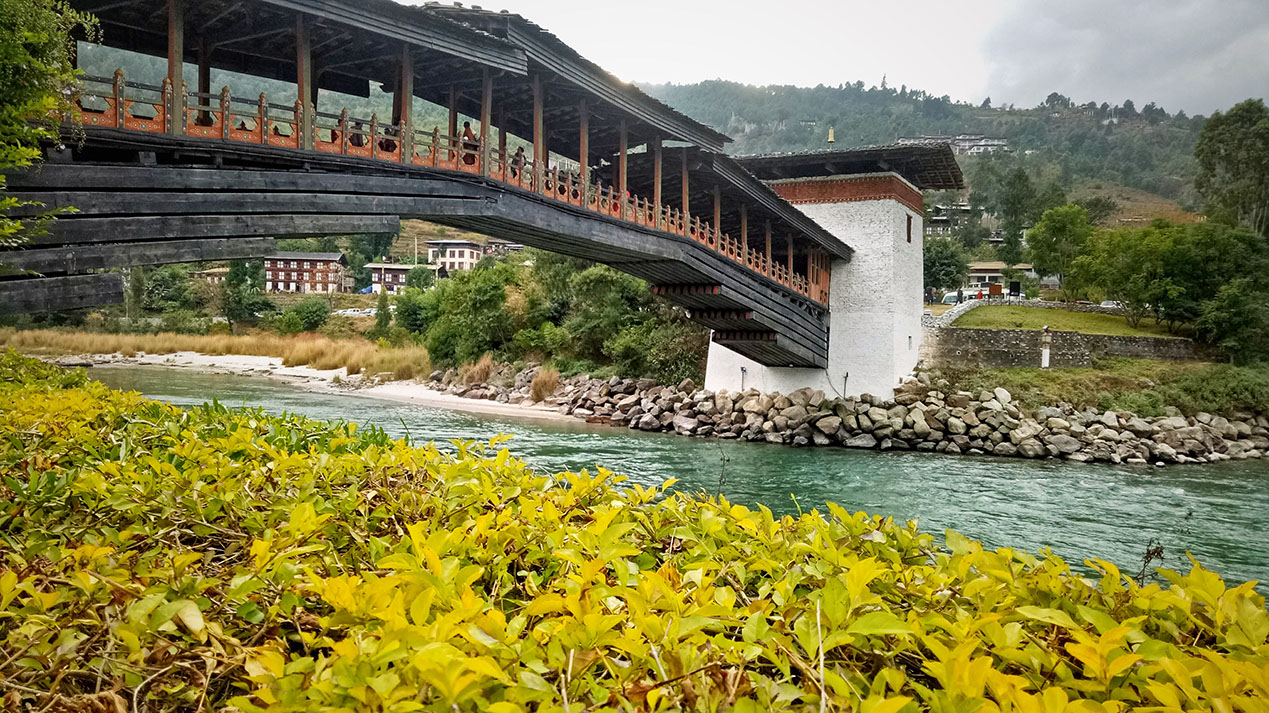
300-year-old wooden bridge: an engineering marvel of Punakha Dzong
There is another beauty in Punakha that you do not want to miss. Behind the Dzong, is a 500-feet long Cantilever Suspension Bridge that connects the Dzong with nearby villages of Shengana, Samdingkha and Wangkha over Po Chu River. It offers a panoramic view of the valley and the rivers, Po Chu and Mo Chu. This strong bridge is supported by cables anchored to the RCC blocks on banks of the rivers. A round trip stroll on the bridge to reach the village on the other side is an experience in itself.
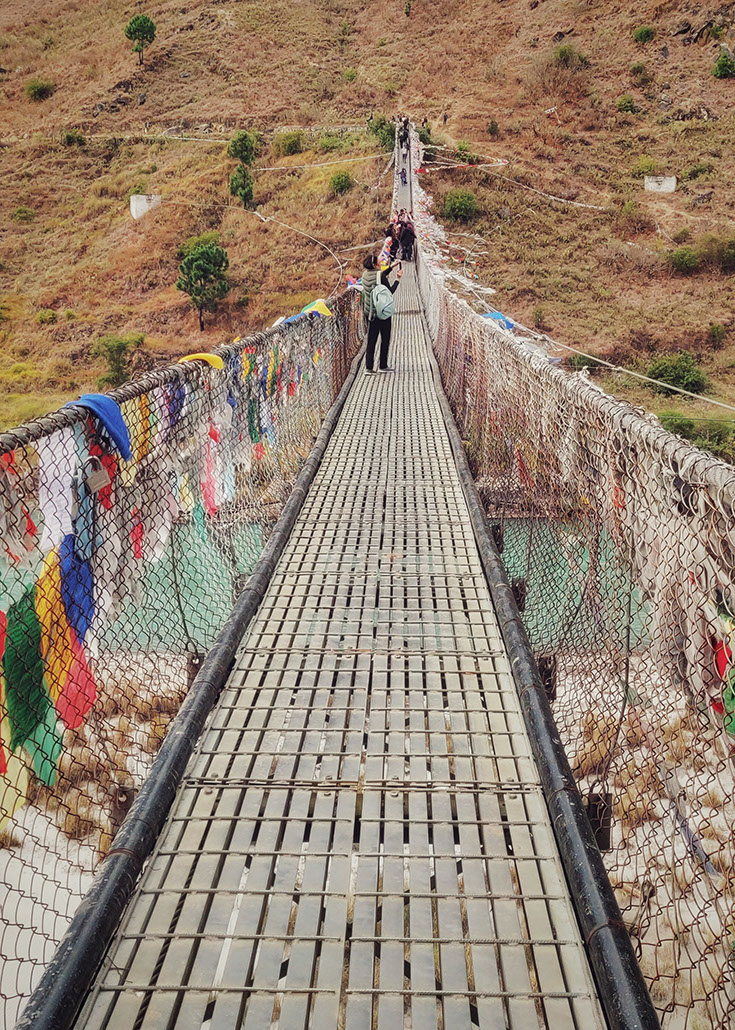
Punakha Suspension Bridge draped in colorful prayer flags is the second longest in Bhutan
Punakha done, it was now time to switch bikes. Bye Thunderbird and Hello Himalayan! The next destination was Paro, a picturesque valley of Bhutan and the 2nd largest city. We took a small detour on the way to Paro to reach the highest motorable point in Bhutan, Chele La pass at 13,000 feet elevation. It is one of the secret places to visit in Bhutan. The place remains windy most of the time and even though we reached there at 1 pm it was freezing cold in the month of November. The last 26 kilometers of the journey is through a rough road with rugged terrain and increasing elevation. I was riding the Royal Enfield Himalayan, a bike with more height than Thunderbird and honestly, I was quite nervous and a bit frightened riding on those flat slopes and deep valleys. But it was my dream to ride the Himalayan and I was determined not to let my temporary fear play spoilsport in fulfilling my goal. As I rode a bit further I started gaining confidence and accepted the challenge. After reaching 13,000, I was overwhelmed with the beauty on offer and it felt like 'mission accomplished'.
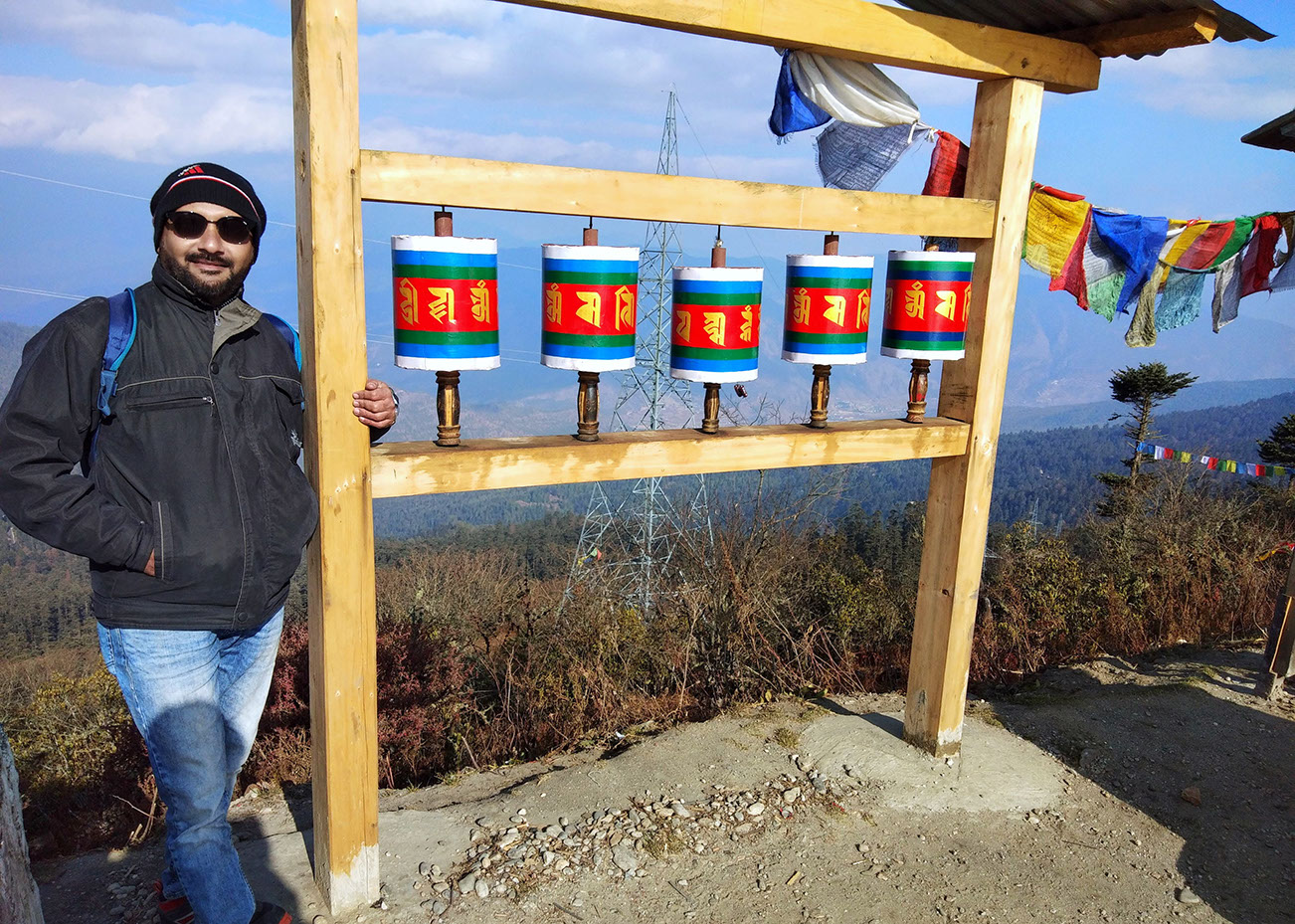
Spinning the prayer wheels as per Buddhist tradition is considered holy. Here I'm at Chele La pass performing the holy ritual.
Paro, the last phase of my Bhutan trip brought me to the bustling city where I can enjoy some nightlife and chill out by myself. After checking into the Hotel Village Lodge Paro, we set out to explore this bustling city. Paro and Thimphu are the biggest cities with a bit of traffic though highly disciplined, something I really needed to adjust with especially after riding the bike only on Indian roads and in Indian traffic conditions (a nightmare). I did take a wrong turn, but luckily, we had a Bhutanese guide with our group and he immediately corrected that and I was back on track.
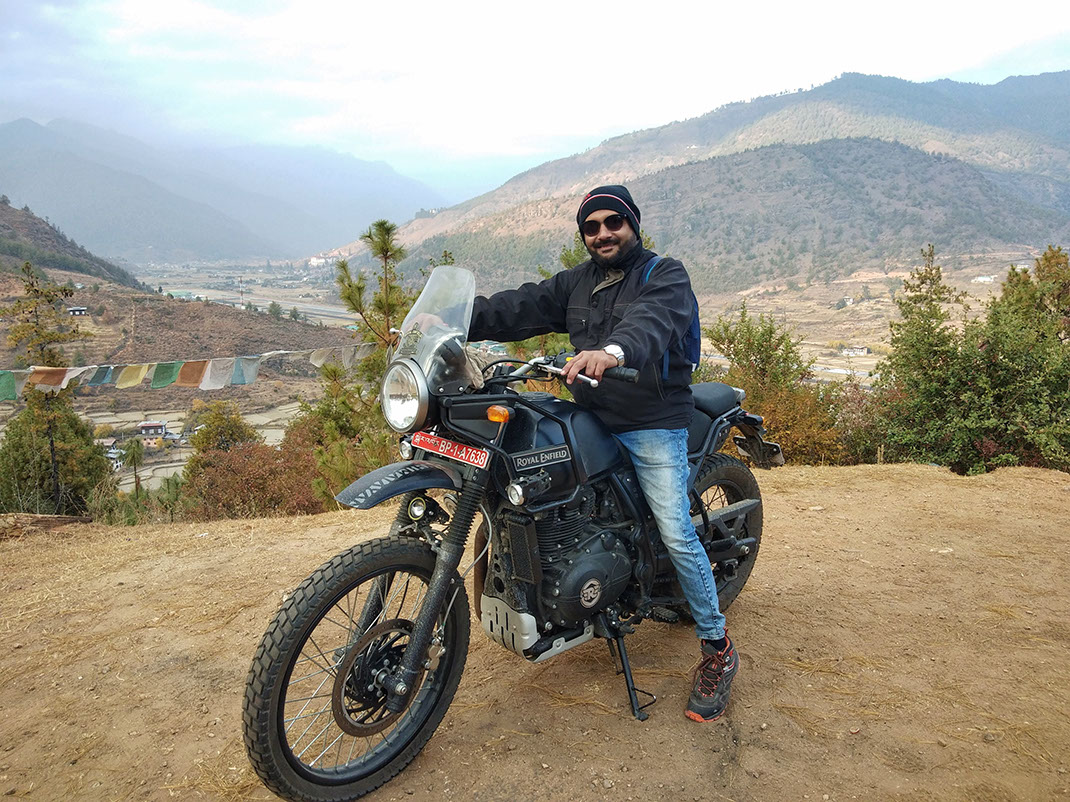
With my dream bike (Himalayan) in the backdrop of Paro airport
I was determined not to return to India without enjoying the nightlife in Paro and I ventured out from my hotel alone at 11 pm and propelled my Himalayan to the main streets. I didn't have much of an idea of where to head, so I asked few locals. Being the lovely and hospitable people they are, they invited me to join them at a pub and we had a fantastic time together sharing our culture and learning from one another, into the wee hours of the morning. This was one of the most cherished experiences during my trip.
A walk down the streets in Paro while glancing through the shops is an enriching experience. It also teaches you a lot about Bhutanese culture and how they respect each other while carrying out ethical business as usual. During my stay in Paro, I always enjoyed being surrounded by kids, interacting with them and having fun. The kids in Bhutan are very friendly, smart, and soft-spoken and very helpful so whenever I got any chance, I would spend time with them and yes they are also very knowledgeable about all the places. Absolutely adorable!
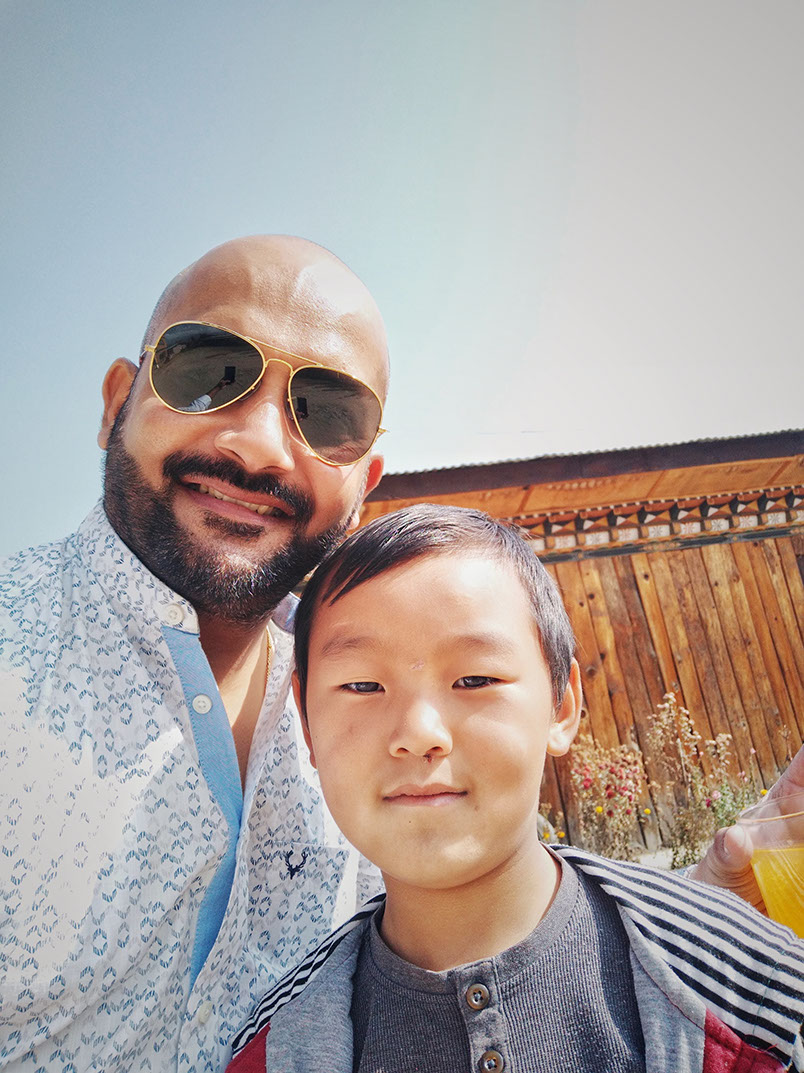
With my young friend whose knowledge helped me navigate the streets of Paro
It was time to say Goodbye to Bhutan, the land of the thunder dragon. But the toughest part of the road trip awaited me. After having ridden 500 kilometers across tough terrain and high altitude, we were now headed to Siliguri. Paro to Siliguri is a distance of 300 kilometers, the longest stretch we had to cover in a single day with just a single halt. Everything ended well for all the 15 riders in our group and we reached Siliguri in one piece.
You must be wondering, having spent a lot of time in Paro why I have still not written anything about Tiger's Nest, the most famous destination in Bhutan. Well, the day we had planned the hike to Tiger's Nest, I was unwell and I didn't want to take a chance and spoil everyone's trip. So I decided to stay back at the hotel while the group went to Tiger's Nest. I regret missing this once-in-a-lifetime experience but there's always a silver lining. I am sure to come back to this exotic mystical paradise especially for the trek to Tiger's Nest and explore hidden gems of Bhutan.
Disclaimer: This blog may contain affiliate links. At no extra cost to you, we may get a small commission if you buy anything. All products and services we endorse have been personally used or come highly recommended to us. These incomes allow us to keep the community supported and ad-free.
Things To Consider
About the author
Rate the Story
Related Stories
Please share your comment


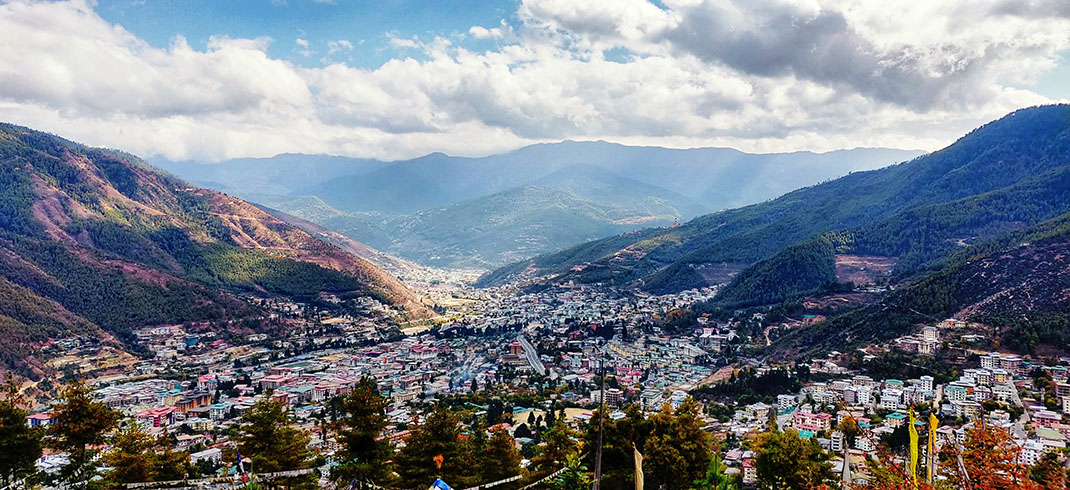
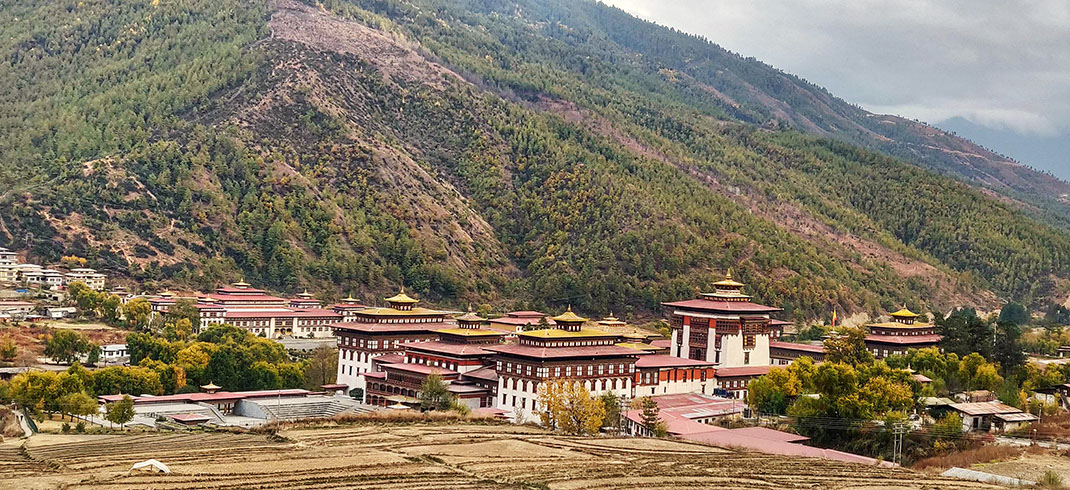
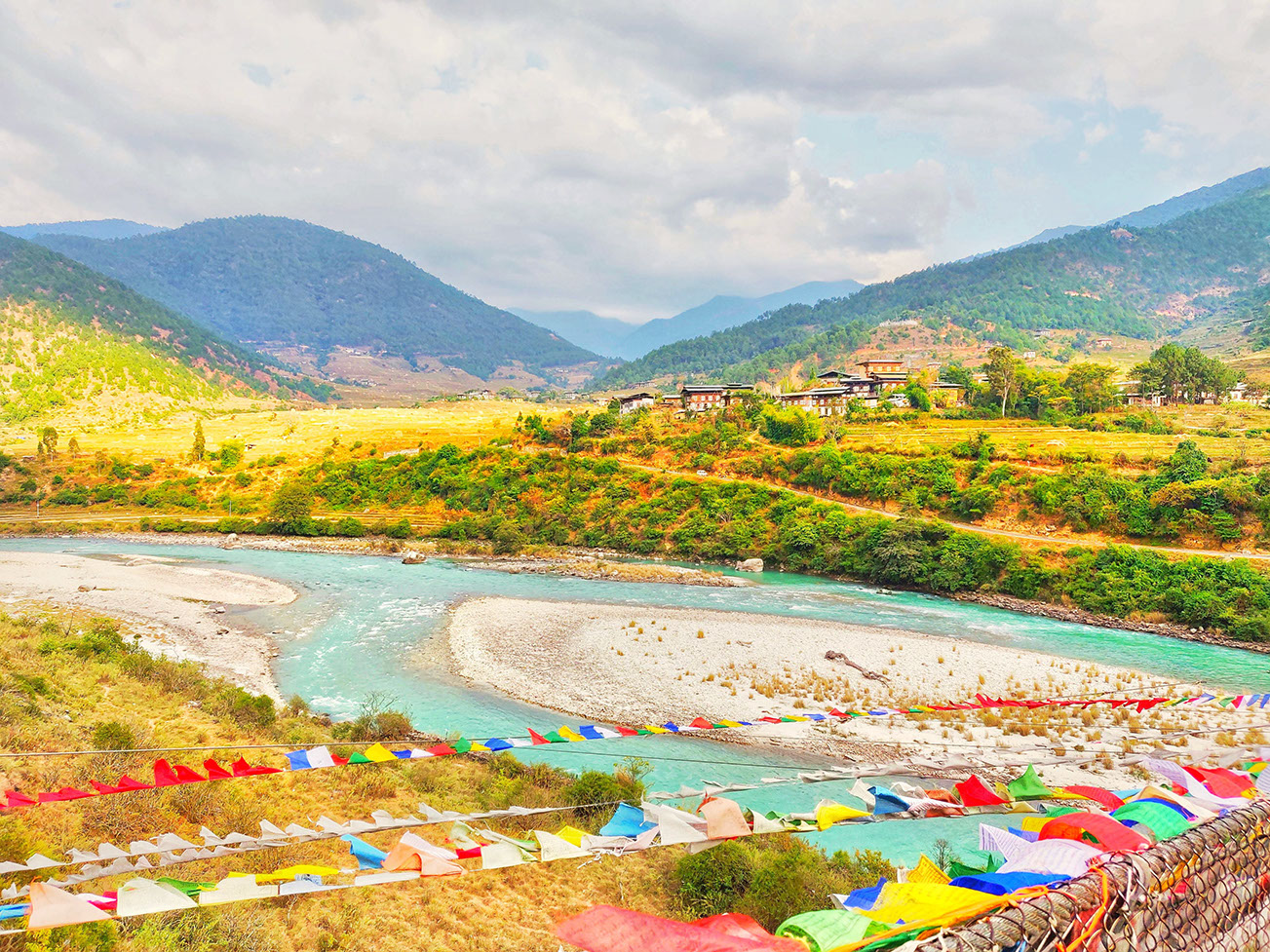
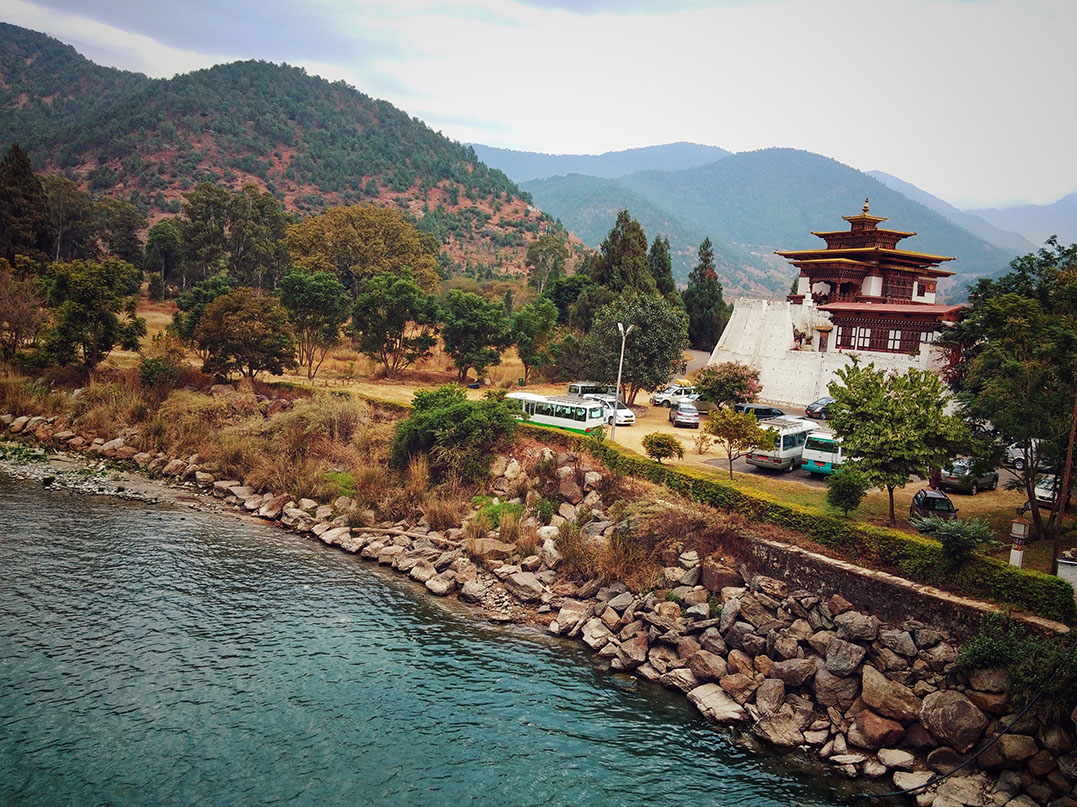
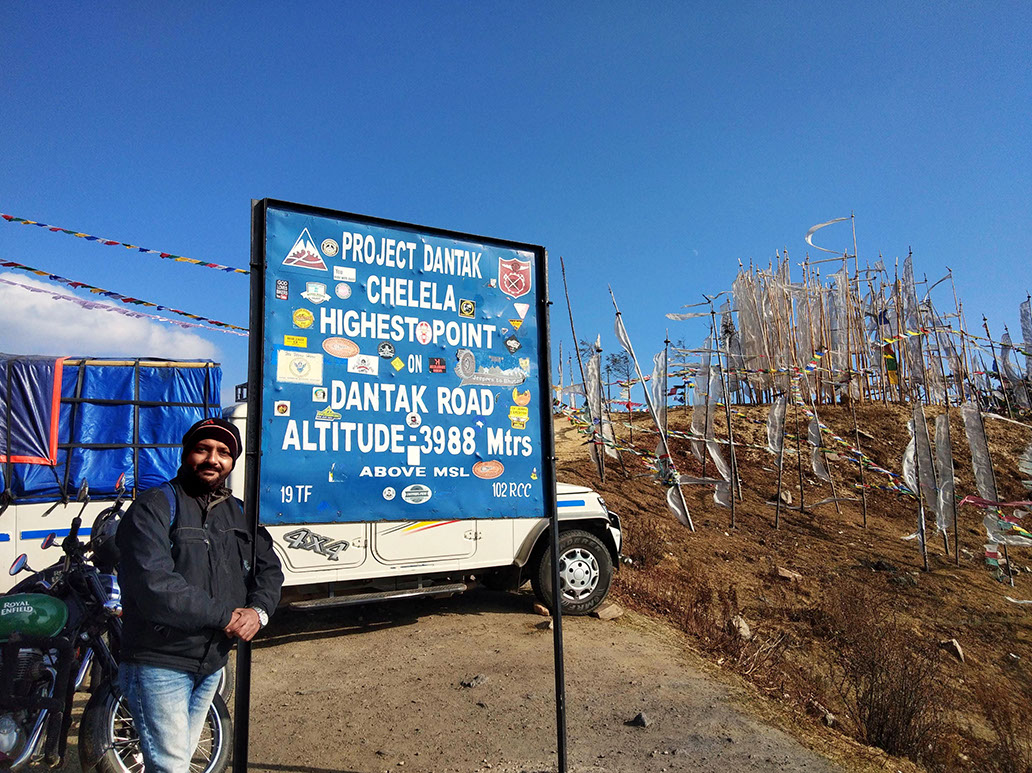
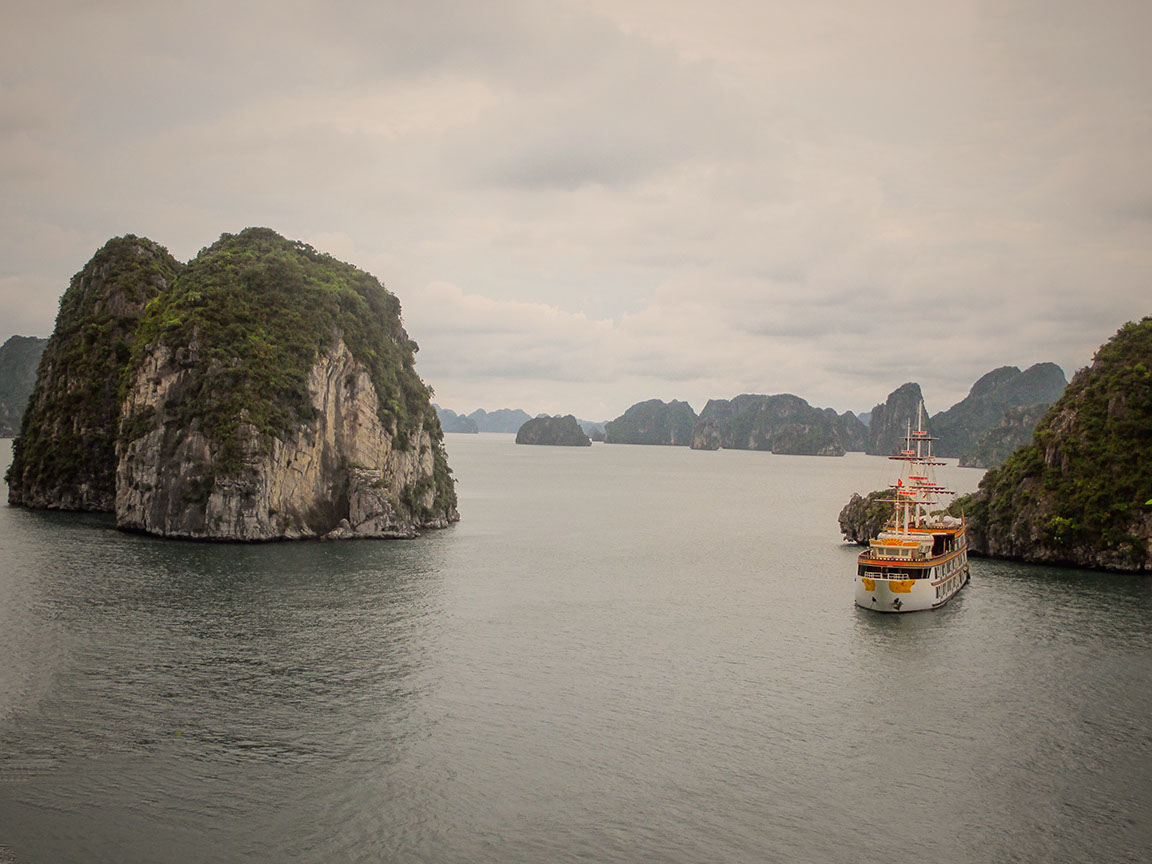
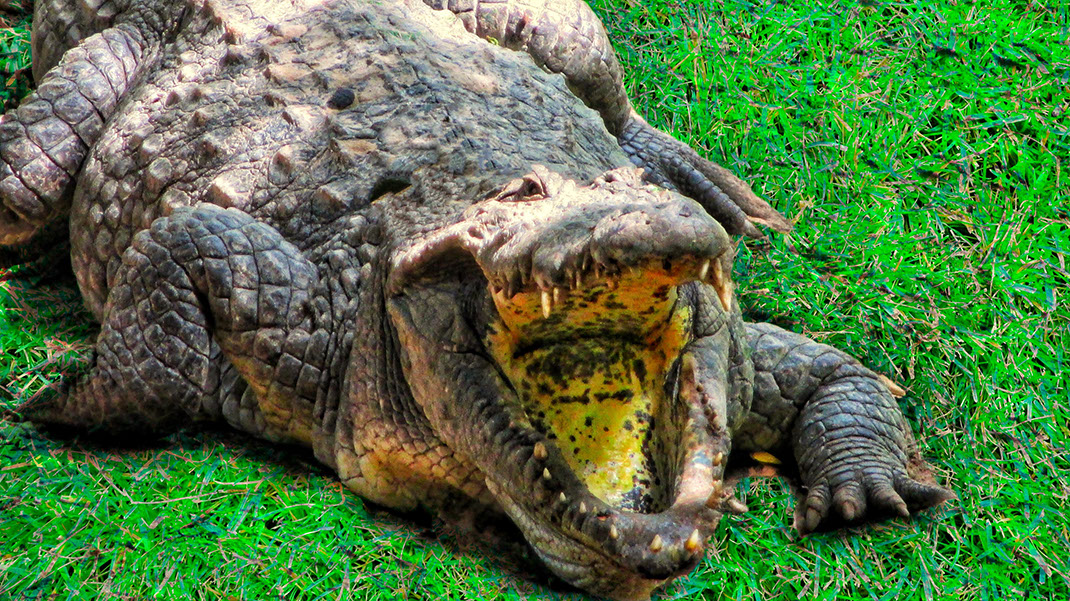
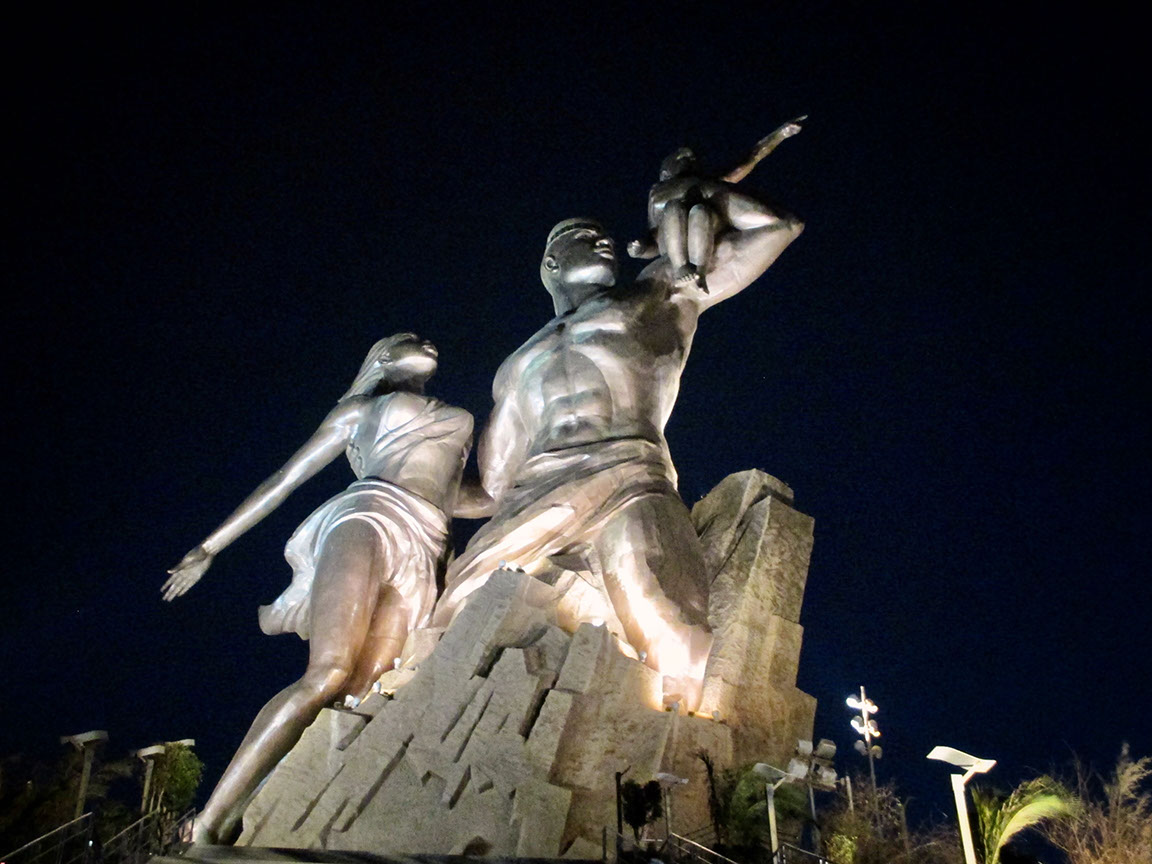

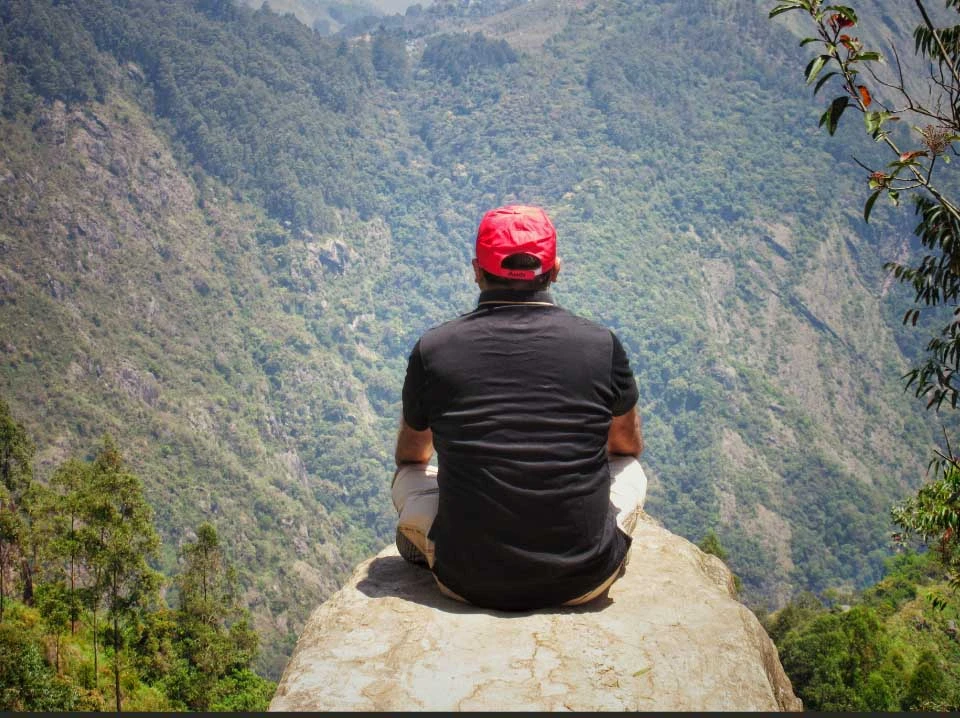
Name
Email
Comment